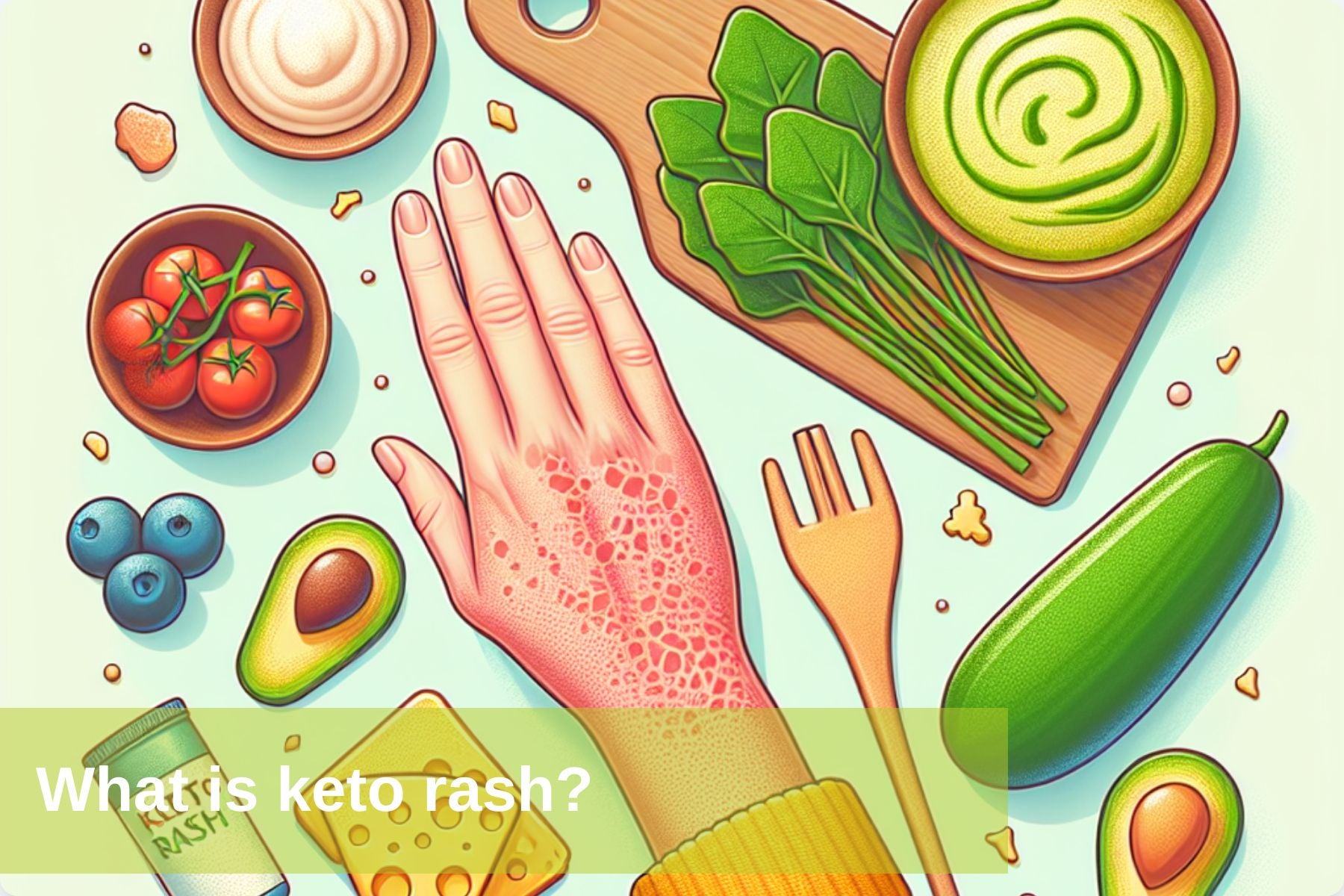
What is keto rash?
Doing a ketogenic diet can be a transformative experience, but for some, it comes with an unexpected companion – keto rash. This skin condition, though not universal, is a noteworthy aspect of the ketogenic journey. It's not just a rare occurrence; many individuals find themselves grappling with this unique dermatological challenge.
Keto rash, scientifically known as prurigo pigmentosa, manifests as an itchy, red rash that can be found on various parts of the body. Common areas where this rash tends to make an appearance include the arms, face, hands, neck, and chest. Its distinct appearance sets it apart, often leaving individuals puzzled and seeking answers about its origin and implications.
The rash isn't merely a cosmetic inconvenience; it brings with it a notable itchiness that can be bothersome. It's essential to delve into the details of keto rash, its prevalence, and the specific locations it tends to target. So, let's explore this phenomenon and gain a deeper understanding of what keto rash entails on our low-carb journey.

Understanding Keto Rash
Understanding the stages of keto rash is crucial for anyone navigating the labyrinth of low-carb living. It typically kicks off with subtle signs – an itch here, a red spot there. In its initial phase, keto rash might be mistaken for a fleeting irritation, but as time progresses, it makes its presence more pronounced.
The progression of keto rash is noteworthy. From those early, barely noticeable signs, it can evolve into a more conspicuous rash with heightened redness and persistent itching. Some individuals may witness variations in the rash's appearance, with patterns that might differ from person to person.
Now, the pressing question: Is keto rash dangerous? The short answer – not inherently. While the rash itself doesn't pose a severe threat, the persistent itching can be quite bothersome. It's essential to recognize that keto rash is a temporary side effect rather than a signal of a more significant health issue. However, it's always wise to keep an eye on it and seek professional advice if the symptoms intensify or linger for an extended period.
Navigating the keto rash journey involves understanding its stages, acknowledging its transient nature, and dispelling any unnecessary fears about its potential dangers. As someone who's been through it, unraveling the mystery of keto rash brings a sense of empowerment in managing this peculiar facet of the ketogenic lifestyle.
Causes of Keto Rash
Ketosis: The metabolic state of ketosis, where the body burns fat for fuel instead of carbohydrates, is strongly linked to the occurrence of keto rash.
Sweating: Excessive sweating, common during ketosis, can irritate the skin and contribute to the development of rashes.
Friction: Friction from clothing or other sources can exacerbate skin irritation and lead to rash formation.
Nutrient Deficiencies: Possible deficiencies in essential vitamins and minerals due to dietary restrictions may play a role.
Toxins Release: Rapid fat breakdown can release stored toxins into the bloodstream, potentially causing skin reactions.
Allergic Reactions: Increased sensitivity to certain foods or environmental factors while on a ketogenic diet.
Inflammatory Response: The body's inflammatory response to sudden dietary changes and the metabolic shift into ketosis.
Microbial Imbalance: Changes in gut microbiota and skin microbiome balance due to dietary alterations.
Genetic Predisposition: Individual genetic factors may make some people more susceptible to developing keto rash.
Managing and Preventing Keto Rash
Experiencing keto rash doesn't mean surrendering to its persistent itchiness. There are practical steps to manage and even prevent the onset of this skin challenge on your ketogenic journey.
Hydration is Key: Staying adequately hydrated supports overall skin health. Ensure you're drinking enough water to flush out toxins and maintain skin elasticity. Hydration aids in preventing dryness, a factor that can exacerbate keto rash symptoms.
Adjust Your Diet Mindfully: While keto is all about high fat and low carbs, consider tweaking your food choices. Experiment with eliminating potential triggers like dairy or certain nuts, as they might be contributing to the rash. This doesn't mean abandoning keto; it's about finding the balance that works for your unique body.
Skincare Practices: Incorporate gentle skin care practices to soothe irritated skin. Opt for fragrance-free, hypoallergenic moisturizers to keep the affected areas hydrated. Avoid scratching, as tempting as it may be, to prevent further irritation and potential scarring.
Antioxidant Support: Include foods rich in antioxidants in your diet. Berries, leafy greens, and other antioxidant-packed foods can help counteract oxidative stress and promote skin health.
Consider Supplements: Consult with a healthcare professional about adding supplements to your routine. Omega-3 fatty acids and certain vitamins may support skin health and alleviate keto rash symptoms.

Approaching your Keto diet consciously
Understanding and managing keto rash is pivotal for a smooth and enjoyable ketogenic experience. The journey towards recognizing this skin challenge begins with acknowledging its presence – an unexpected companion for some on the low-carb path.
Recognizing the specific areas where keto rash tends to manifest – arms, face, hands, neck, and chest – sheds light on the targeted nature of this dermatological puzzle. It's not a random occurrence; there's a method to its appearance that continues to be unraveled.
For those grappling with keto rash, proactive measures can make a substantial difference. Hydration, mindful dietary adjustments, and thoughtful skin care practices emerge as practical strategies for relief and prevention. By incorporating these into your routine, you empower yourself to navigate the keto journey with greater comfort and confidence.
In essence, keto rash isn't a roadblock but a detour that invites exploration. By recognizing its nuances, understanding its stages, and implementing effective management and prevention strategies, you pave the way for a rash-free keto experience. So, as you embrace the low-carb lifestyle, arm yourself with knowledge, adapt your approach, and let your ketogenic journey unfold with vitality and skin well-being.
This Blog post is an initiative by Lo! Foods, to provide accurate and Nutritionist / Doctor approved information related to Health. Lo! Foods is India's leading brand for Everyday Functional Foods. Foods designed for specific Health conditions or Needs. Lo! Foods also runs India's largest range of Low Carb Healthy Cloud Kitchens, under the brand names of Lo!, ProteinChef, ATH (All Things Healthy) and DiabeSmart.



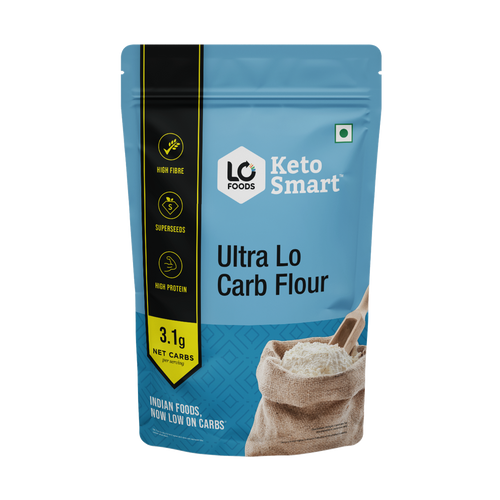
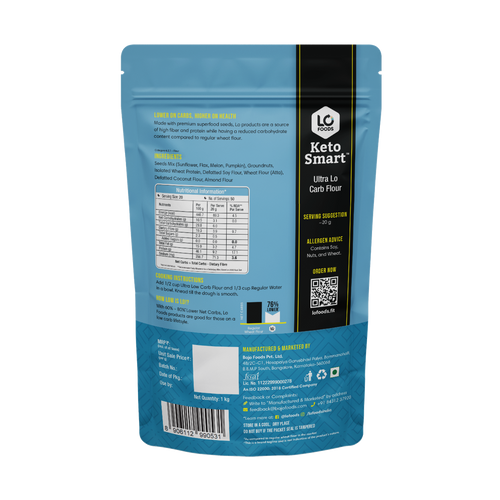

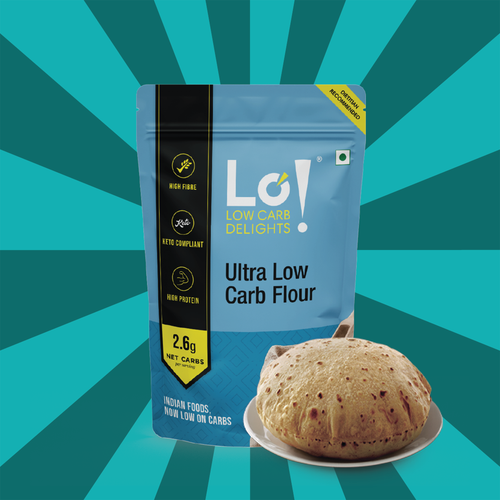


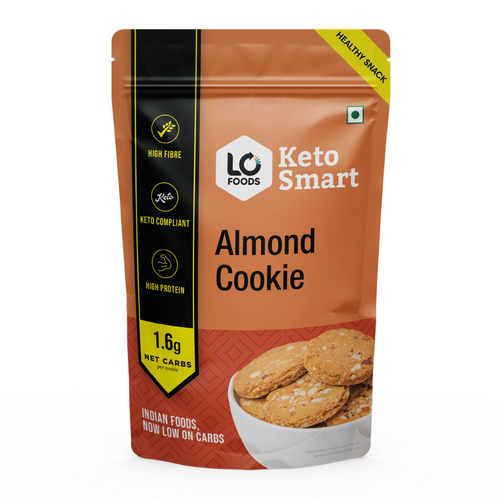


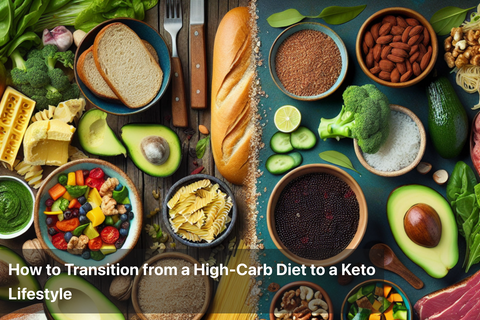
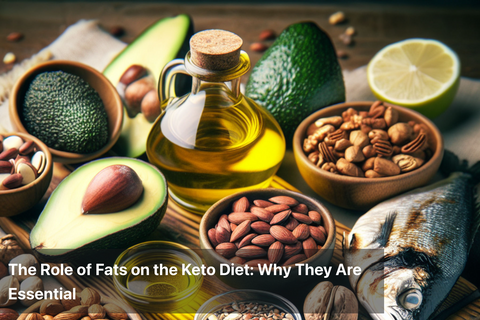
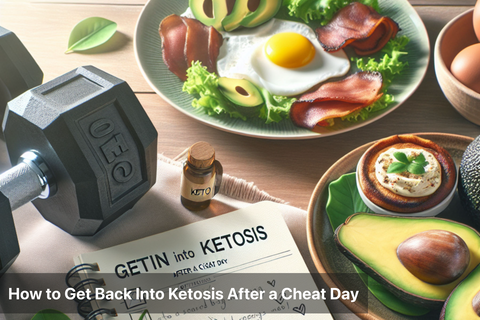
Leave a comment
Your email address will not be published.